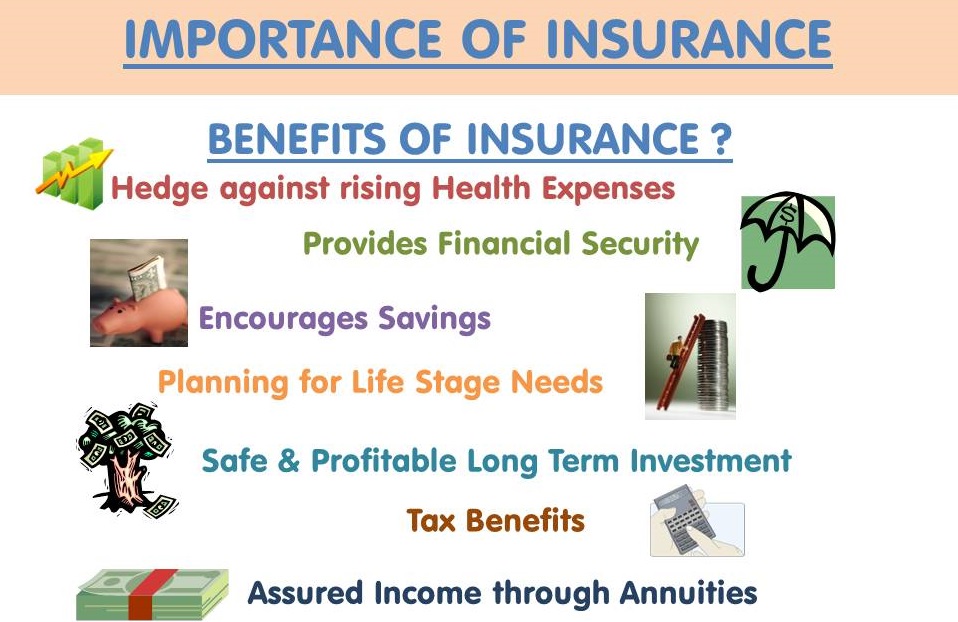Examine This Report on Pacific Prime
Examine This Report on Pacific Prime
Blog Article
Pacific Prime Fundamentals Explained
Table of ContentsExcitement About Pacific PrimeOur Pacific Prime DiariesThe 15-Second Trick For Pacific PrimeGet This Report about Pacific PrimeAn Unbiased View of Pacific Prime

This is because the information were collected for a duration of solid economic efficiency. Of the estimated 42 million people that were uninsured, almost concerning 420,000 (about 1 percent) were under 65 years old, the age at which most Americans come to be eligible for Medicare; 32 million were grownups between ages 18 and 65, around 19 percent of all adults in this age; and 10 million were youngsters under 18 years of age, concerning 13.9 percent of all children (Mills, 2000).
These quotes of the variety of individuals uninsured are produced from the yearly March Supplement to the Current Population Survey (CPS), performed by the Demographics Bureau. Unless otherwise noted, nationwide estimates of people without medical insurance and proportions of the population with different type of coverage are based on the CPS, the most extensively used source of estimates of insurance protection and uninsurance prices.
An Unbiased View of Pacific Prime

Still, the CPS is specifically valuable because it produces yearly quotes relatively swiftly, reporting the previous year's insurance protection approximates each September, and due to the fact that it is the basis for a constant collection of quotes for greater than 20 years, enabling evaluation of trends in insurance coverage in time. For these factors, in addition to the substantial use the CPS in other studies of insurance protection that are offered in this report, we rely upon CPS estimates, with limitations kept in mind.

The estimate of the number of uninsured people expands when a populace's insurance standing is tracked for several years. Over a three-year duration starting early in 1993, 72 million individuals, 29 percent of the united state populace, were without protection for at least one month. Within a solitary year (1994 ), 53 million people experienced a minimum of a month without insurance coverage (Bennefield, 1998a)
6 out of every ten without insurance adults are themselves used. Working does improve the probability that one and one's family participants will have insurance policy, it is not an assurance. Also members of households with 2 full time breadwinner have virtually a one-in-ten possibility of being uninsured (9.1 percent uninsured price) (Hoffman and Pohl, 2000).
Our Pacific Prime Diaries
New immigrants make up a considerable percentage of individuals without health insurance coverage. One evaluation has actually attributed a considerable section of the current growth in the size of the U.S. uninsured populace to immigrants that got here in the nation between 1994 and 1998 (Camarota and Edwards, 2000). Recent immigrants (those who pertained to the USA within the previous 4 years) do have a high price of being without insurance (46 percent), but they and their kids make up simply 6 percent of those without insurance nationally (Holahan et al., 2001).
The connection in between wellness insurance policy and access to care is well developed, as recorded later on in this phase. Although the relationship between health and wellness insurance coverage and health and wellness outcomes is neither straight nor straightforward, a comprehensive scientific and health and wellness solutions research study literature links health insurance coverage to improved accessibility to care, far better high quality, and enhanced personal and population health status.
Levels of analysis for examining the results of uninsurance. This discussion of medical insurance coverage concentrates mostly on the U.S. populace under age 65 since virtually all Americans 65 and older have Medicare or various other public coverage. It focuses especially on those without any type of wellness insurance coverage for any size of time.
Pacific Prime for Dummies
The problems faced by the underinsured are in some aspects similar to those dealt with by the uninsured, although they are typically less serious. group insurance plans. Uninsurance and underinsurance, however, involve definitely different policy issues, and the strategies for addressing them may vary. Throughout this research and the 5 reports to comply with, the main focus gets on individuals without medical insurance and thus no assistance in paying for wellness treatment beyond what is available via charity and safeguard organizations
Health and wellness insurance is an effective aspect impacting invoice of treatment due to the fact that both people and physicians react to the out-of-pocket price of solutions - https://linktr.ee/pacificpr1me. Health insurance, however, is neither necessary neither enough to access to medical services. The independent and straight impact of health insurance policy protection on access to health solutions is websites well established.
Others will get the health and wellness care they need even without medical insurance, by paying for it expense or seeking it from providers that offer treatment free or at very subsidized rates. For still others, wellness insurance alone does not make sure receipt of care due to other nonfinancial obstacles, such as a lack of healthcare companies in their area, limited accessibility to transport, illiteracy, or etymological and social differences.
The Only Guide to Pacific Prime
Formal research regarding without insurance populaces in the USA dates to the late 1920s and very early 1930s when the Board on the Cost of Medical Care created a series of reports regarding financing medical professional workplace check outs and hospital stays. This problem ended up being significant as the varieties of clinically indigent climbed up throughout the Great Anxiety.
Report this page